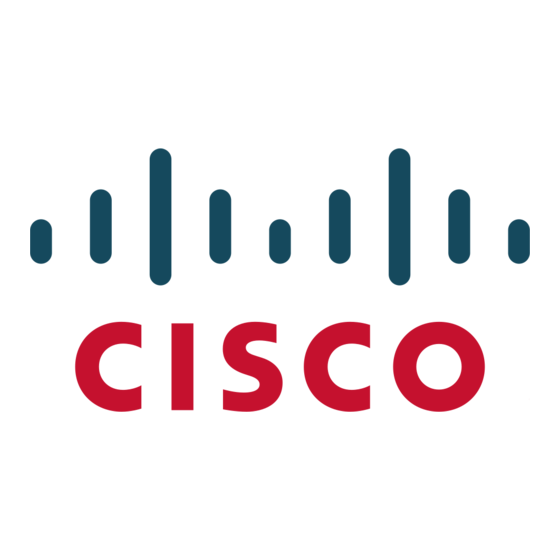CUCM Integration with Content Server 6.2
Field
Use Calling Party's
External Phone Mask
Calling Party
Transformation Mask
Prefix Digits (Outgoing
Calls)
Calling Line ID
Presentation
Calling Line Name
Presentation
Connected Party Transformations
Cisco TelePresence Content Server Release 6.2.1 Administration and User Guide
3-22
Chapter 3
Configuring a Cisco Unified Communications Manager SIP Trunk with a Cisco TelePresence
Description
Check the check box if you want the full, external phone number to be used
for calling line identification (CLID) on outgoing calls. You may also
configure an External Phone Number Mask on all phone devices.
Enter a transformation mask value. Valid entries include the digits 0
through 9 and the wildcard characters X, asterisk (*), and octothorpe (#).
If this field is blank and the preceding field is not checked, no calling party
transformation takes place.
Enter prefix digits in the Prefix Digits (Outgoing Calls) field. Valid entries
include the digits 0 through 9 and the wildcard characters asterisk (*) and
octothorpe (#).
Note
The appended prefix digit does not affect which directory numbers
route to the assigned device.
Cisco Unified Communications Manager uses calling line ID presentation
(CLIP/CLIR) as a supplementary service to allow or restrict the originating
caller phone number on a call-by-call basis.
Choose whether you want the Cisco Unified Communications Manager to
allow or restrict the display of the calling party phone number on the called
party phone display for this SIP route pattern.
Choose Default if you do not want to change calling line ID presentation.
Choose Allowed if you want Cisco Unified Communications Manager to
allow the display of the calling number. Choose Restricted if you want
Cisco Unified Communications Manager to block the display of the calling
number.
Cisco Unified Communications Manager uses calling name presentation
(CNIP/CNIR) as a supplementary service to allow or restrict the
originating caller name on a call-by-call basis.
Choose whether you want the Cisco Unified Communications Manager to
allow or restrict the display of the calling party name on the called party
phone display for this SIP route pattern.
Choose Default if you do not want to change calling name presentation.
Choose Allowed if you want Cisco Unified Communications Manager to
display the calling name information. Choose Restricted if you want Cisco
Unified Communications Manager to block the display of the calling name
information.

